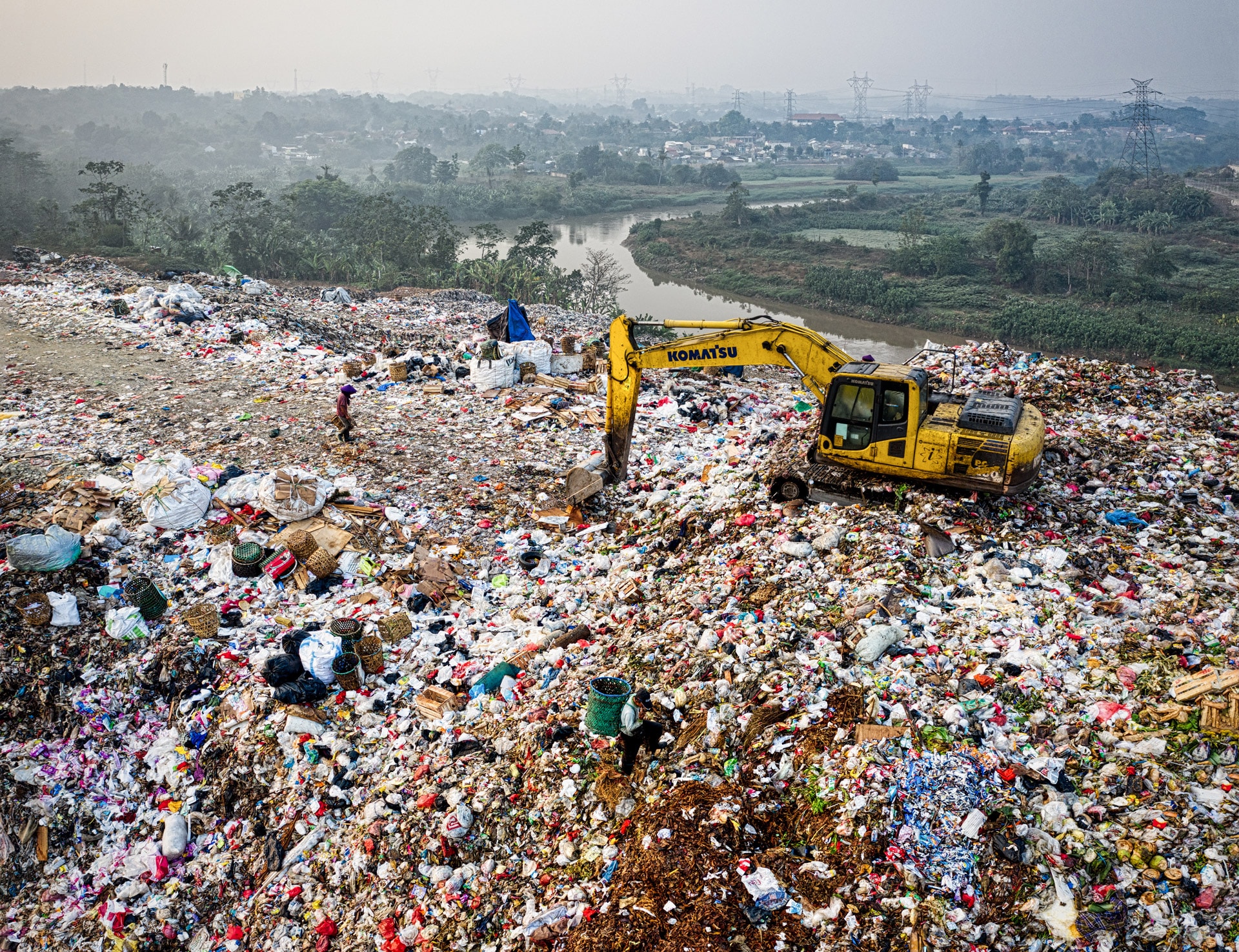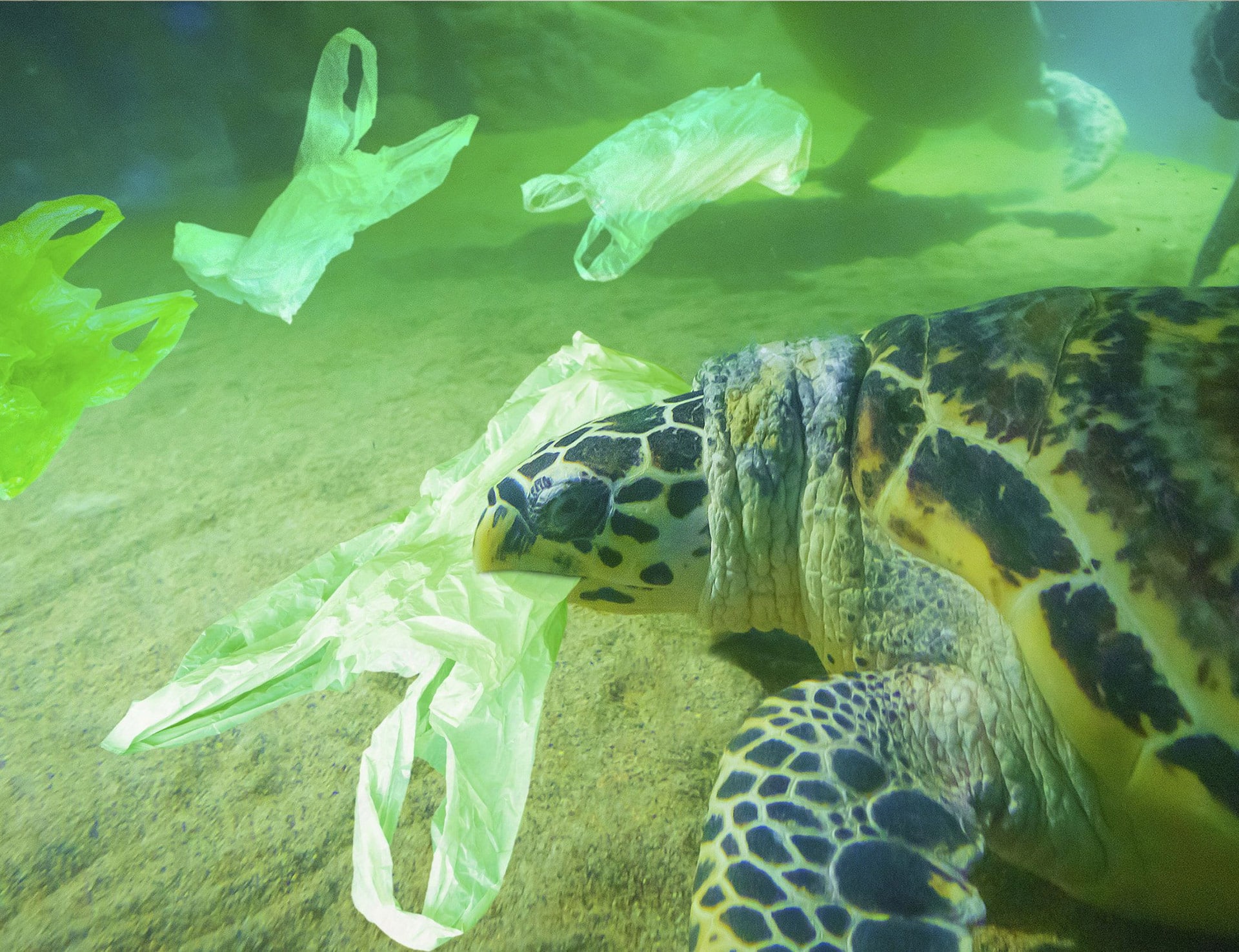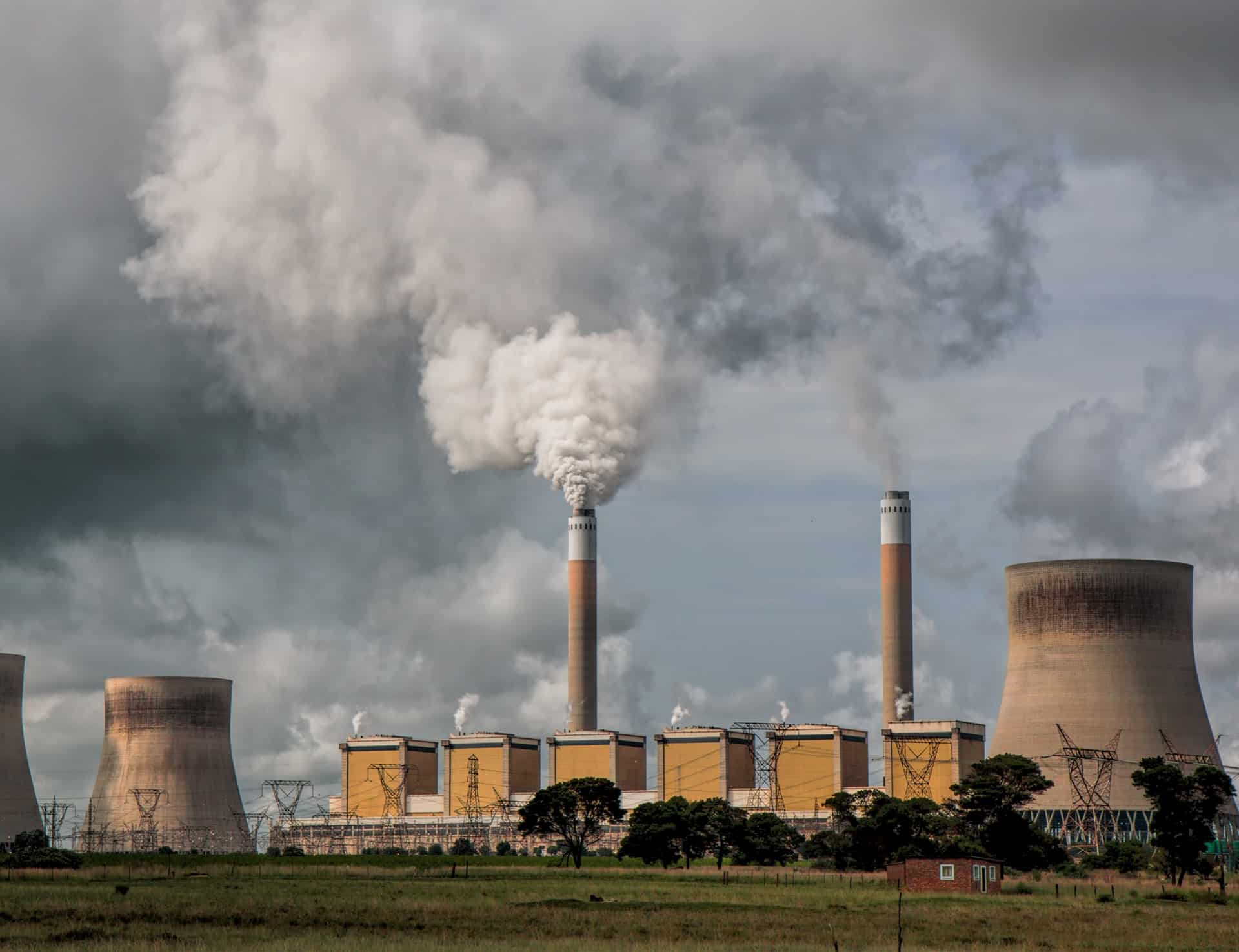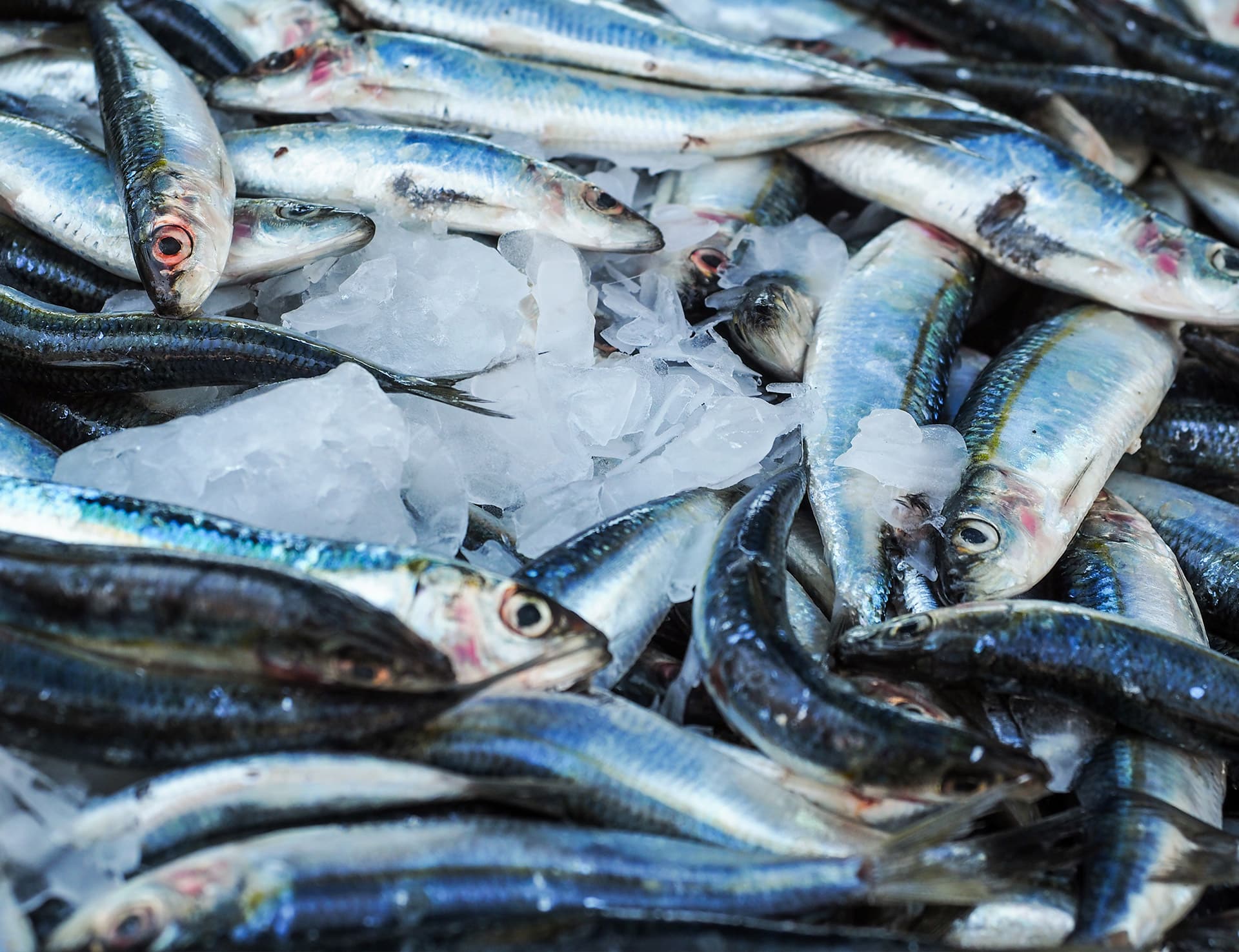Humans have produced 8.3 BILLION TONS OF PLASTIC since largescale production began in the 1950s. Only about 30% of the plastic ever produced is still in use: the rest has been disposed of 3 ways:
The Plastic Recycling Problem
Plastic has a value but plastic waste is a problem
That means we have disposed of 6.3 BILLION tons of plastic in approximately 60 years!
Approximately 40% of plastics produced every year are single use. Environmental experts have painted a bleak picture of our world in 2050 without radical change.
Plastic on Land:
Plastic is accumulating in landfills where it takes hundreds of years to decompose. When plastic does finally degrade, it breaks down into tiny particles that contaminate our soil and water. Therefore, proper management of landfills is paramount and notably absent in most developing countries. If present trends continue, by 2050 there will be 12 billion metric tons of plastic in landfills.
Plastic in the Ocean:
All roads lead to the ocean. Plastic litter moves downstream from land to smaller bodies of water and eventually, the ocean. Today, 90% of marine debris is plastic. Experts predict that by 2050 there will be more plastic than fish in the ocean (by weight). Marine wildlife ingest or become entangled in the plastic, causing suffocation, starvation and drowning.
Plastic in the Air:
The negative effects of plastic aren’t only found on land and in the sea. Harmful emissions from plastic production and incineration are released into the atmosphere and further impact climate change. In 2019 alone, the production and incineration of plastic added more than 850 million metric tons of greenhouse gases to the atmosphere – equal to the pollution from 189 500MW coal-fired plants. By 2050, the production and disposal could generate 56 gigatons of emissions, as much as 14 percent of the earth’s entire remaining carbon budget.
Plastic in Humans:
Plastics break down over time into microplastics, which are ingested or inhaled by humans and have detrimental effects including disrupting the endocrine system, weakening the immune system and causing some cancers. A recent study found plastics in 100% of the seafood sampled for human consumption and experts estimate we consume a credit card’s worth of plastic every week. The highest recorded plastic levels have been found in seafood, beer and salt. Every stage of the plastic lifestyle from extraction and transport all the way through to waste management poses distinct risks to human health.

Plastic on Land:
Plastic is accumulating in landfills where it takes hundreds of years to decompose. When plastic does finally degrade, it breaks down into tiny particles that contaminate our soil and water. Therefore, proper management of landfills is paramount and notably absent in most developing countries. If present trends continue, by 2050 there will be 12 billion metric tons of plastic in landfills.

Plastic in the Ocean:
All roads lead to the ocean. Plastic litter moves downstream from land to smaller bodies of water and eventually, the ocean. Today, 90% of marine debris is plastic. Experts predict that by 2050 there will be more plastic than fish in the ocean (by weight). Marine wildlife ingest or become entangled in the plastic, causing suffocation, starvation and drowning.

Plastic in the Air:
The negative effects of plastic aren’t only found on land and in the sea. Harmful emissions from plastic production and incineration are released into the atmosphere and further impact climate change. In 2019 alone, the production and incineration of plastic added more than 850 million metric tons of greenhouse gases to the atmosphere – equal to the pollution from 189 500MW coal-fired plants. By 2050, the production and disposal could generate 56 gigatons of emissions, as much as 14 percent of the earth’s entire remaining carbon budget.

Plastic in Humans:
Plastics break down over time into microplastics, which are ingested or inhaled by humans and have detrimental effects including disrupting the endocrine system, weakening the immune system and causing some cancers. A recent study found plastics in 100% of the seafood sampled for human consumption and experts estimate we consume a credit card’s worth of plastic every week. The highest recorded plastic levels have been found in seafood, beer and salt. Every stage of the plastic lifestyle from extraction and transport all the way through to waste management poses distinct risks to human health.
Corporate Consumer Product Company Commitments:
As it becomes increasingly apparent that consumers cannot recycle their way out of this problem, the public has begun to demand accountability on the part of the producers. Consumer brand companies that manufacture and package everything from toothpaste to laundry detergents to beauty products are scrambling to eliminate unnecessary plastic packaging, increase the recyclability of packaging and use more recycled plastic. Many have made public commitments to increase these elements in packaging by 2025 or 2030.
Below is just a snapshot of multinational corporations who have made public commitments to increase its use of recycled materials:
NEW YORK–(BUSINESS WIRE)–Colgate-Palmolive Company today announced that it has joined the Ellen MacArthur Foundation’s New Plastics Economy initiative, reflecting the company’s commitment to 100% recyclability of packaging across all its product categories and its target to achieve 25% recycled content in all plastic packaging by 2025…
“Our vision is a world in which everyone works together to ensure that plastic stays in the economy and out of the environment. Our plastic is our responsibility and so we are committed to collecting back more than we sell, as part of our drive towards a circular economy. This is a daunting but exciting task which will help drive global demand for recycled plastic.”
“As a global retailer that has set an ambitious aspirational goal to create zero waste, we fully recognize that reducing plastic waste by increasing packaging circularity is an area where Walmart can lead. Today’s announcement marks another key milestone in our ongoing journey of working with our private brand and national brand suppliers to deliver access to high-quality, sustainable products as part of the Walmart everyday low price promise.”
Six participants in the Ellen MacArthur Foundation’s New Plastics Economy initiative – MARS, M&S, PepsiCo, The Coca-Cola Company, Unilever, and Werner & Mertz – are making or reiterating a pledge at the Our Ocean conference in Malta today to use 100% reusable, recyclable or compostable packaging by 2025 at the latest.
Waiting on the World To Change
Several multinational companies who have made public commitments to increase the use of recycled plastics in its products have noted that it can only do so with advancements in the field of chemical recycling. As a result, consumer product companies are pressuring the petrochemical to reduce the amount of virgin plastic it produces and find ways to increase its production of recycled content plastics.
Demand for plastics is projected to grow three times by 2050 and the petrochemical industry is poised to invest billions to expand plastic production by as much as 40% in the coming decades. There is a need for innovative technologies in thermochemical recycling in order to close the loop on the plastic supply chain and create a truly circular economy.











